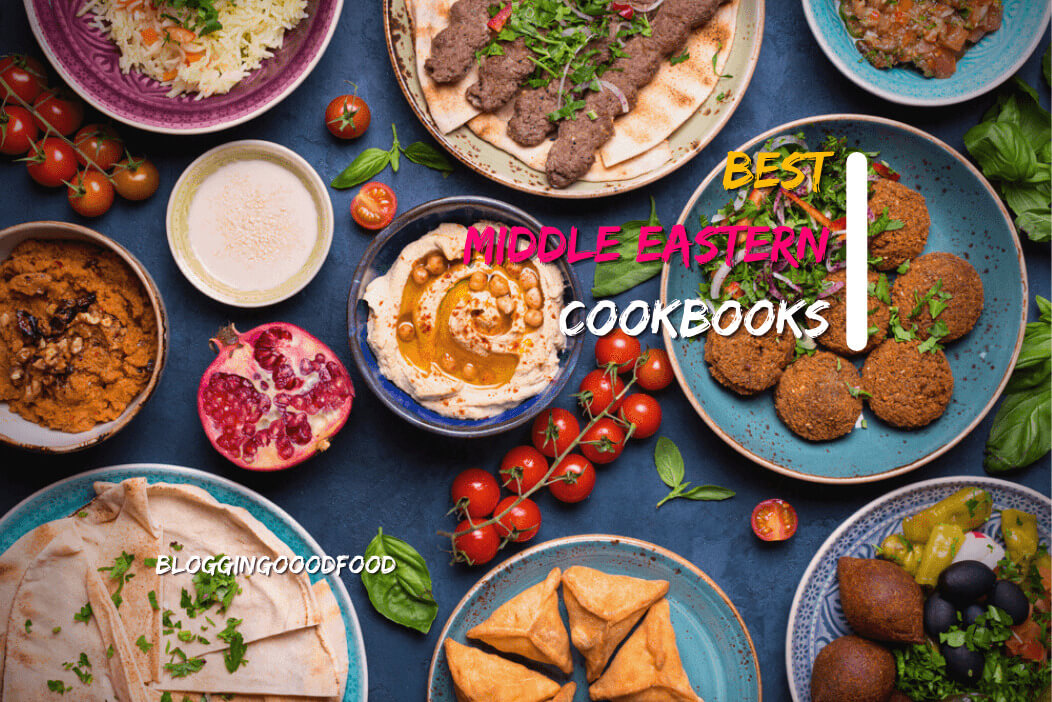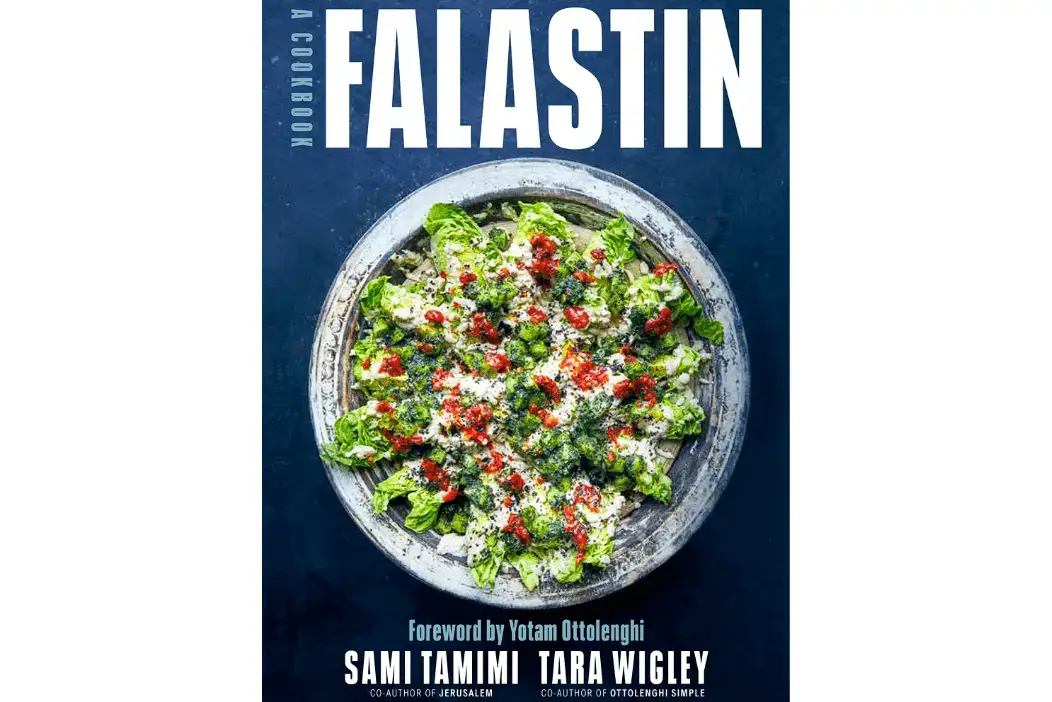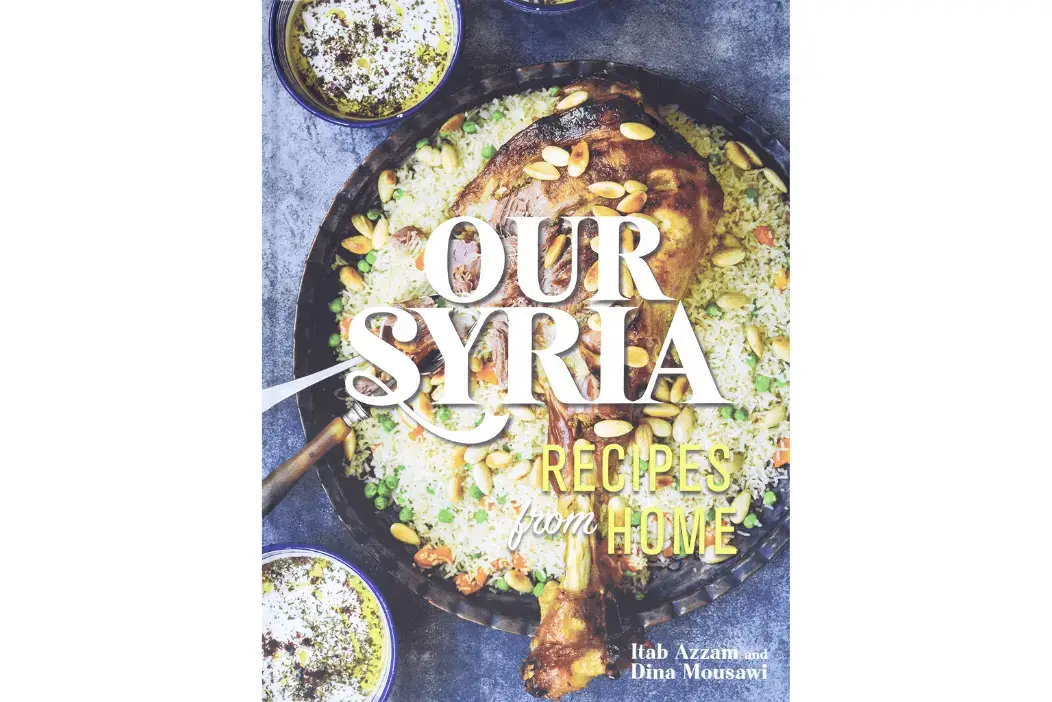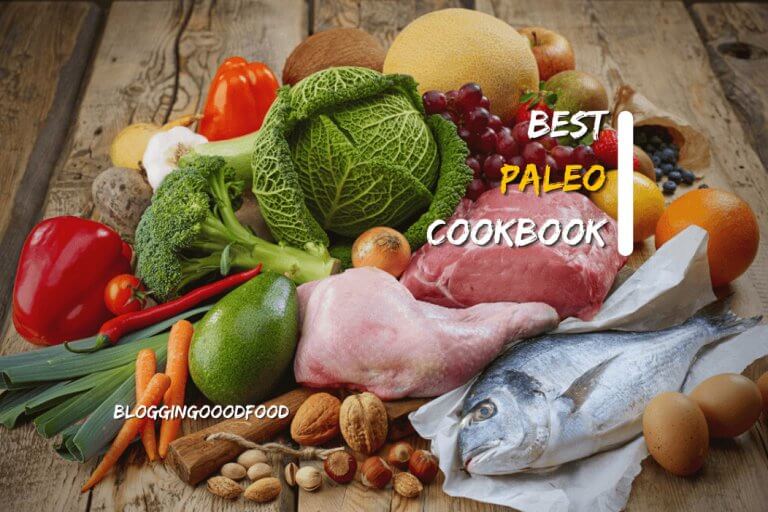If there is a style of cooking that leans more toward being dairy-free or meat-free by its very nature, then it would most likely have to be Middle Eastern cuisine. The Middle East is home to three main religions — Islam, Coptic Christianity, and Judaism, which have rigorous dietary rules. Therefore, it is not surprising that regional cuisines have developed unique culinary traditions that use dairy and meat replacements over time.
This does not imply a shortage of meat and milk recipes because there are plenty of such dishes. Even now, halal meat has a prominent place among the essential ingredients used in Middle Eastern cuisine; however, it now competes for this place with whole grains, lentils, and spices. This results in a balanced and nutritious diet, which is one of the reasons why this style of ethnic cooking is also noted for its emphasis on good meal planning.
The extensive use of fragrant and savory spices is another essential food component. Many of them are combined as spice mixes to provide a wide variety of hues and tastes that may be utilized in various ethnic meals.
Not only will a decent handbook on Middle Eastern cuisine provide authentic recipes, but it will also instruct you on how to create your spice combinations. In addition to this, it will instruct you on how to stock your kitchen with the necessary components and provide guidance on where to get those ingredients, whether they can be found in specialized stores or on internet marketplaces.
Table of Contents
Our Top 10 Picks for the Best Middle Eastern Cookbooks:
1. Zaitoun: Recipes from the Palestinian Kitchen
A spectacular celebration of Palestinian food that includes more than eighty contemporary recipes, intriguing anecdotes, and gorgeous travel photos from the region.
From the sun-kissed pomegranate booths of Akka, on the shores of the Mediterranean Sea, to the evergreen oasis of date orchards in the Jordan Valley, to the dwindling fish markets of Gaza City, Yasmin Khan reveals the aromas and scents of modern-day Palestine.
Book Author: Yasmin Khan
2. Falastin: A Cookbook
An intimate journey through contemporary Palestinian cuisine, as told by the executive chef and owner of the Ottolenghi restaurants; includes 120 recipes that are influenced both by his own life and by the heritage of Palestine.
Sami Tamimi traces the origins and development of the cuisine of his homeland in his book Falastin (which can be pronounced “fa-lasteen”). Palestinian cuisine is a product of the region’s agriculturally favorable geographic location, its distinguishable culinary traditions, and the ingenuity and cleverness of Palestinian cooks.
Book Author: Sami Tamimi
3. Our Syria: Recipes from Home
Syria is a place where cuisine, memory, and resiliency all come together: Our Syria allows you to replicate the flavors of this stunning nation so that you may enjoy great meals wherever you are around the globe.
Syria has traditionally served as a crossroads for the most mouthwatering sensations from both the East and the West, a place where sweet and spicy aromas come together.
Even now, during what may be the darkest hour in the country’s history, Syrian families living in small rooms from Beirut to Berlin are searching for the best lemons, tomatoes, parsley, and pomegranates to evoke the memory of home. In doing so, they are keeping their cherished food history alive all over continents.
Book Author: Dina Mousawi
4. The Aleppo Cookbook:
It should come as no surprise that Aleppo, one of the world’s oldest cities that has been continually inhabited, also has a cuisine that is recognized as being among the most distinctive and dynamic in the whole globe.
Aleppo was a food center long before Rome, Paris, or New York City, thanks to its location at the end of the Silk Route, which ran through Central Asia and Mesopotamia. Rich regions surrounded this city, which was placed at the end of the Silk Road.
Its varied groups, including Arabs, Armenians, Kurds, Circassians, and others, have contributed to its rich culinary traditions and generated various foods, including at least 20 different kibbeh recipes.
Book Author: Marlene Matar
5. Jerusalem: A Cookbook
Yotam Ottolenghi and Sami Tamimi explore the lively cuisine of their home city of Jerusalem, home to a varied population that includes Muslim, Jewish, and Christian groups.
This breathtaking cookbook has 120 recipes developed by the authors using their distinctive cross-cultural perspectives. The recipes range from creative veggie meals to decadent desserts.
Ottolenghi is one of the most well-respected chefs globally; in Jerusalem, he and Tamimi worked together to develop their most personal cookbook to date. Ottolenghi is known for having five popular restaurants in London and two great cookbooks.
Book Author: Yotam Ottolenghi
6. Eating Out Loud:
The author of this cookbook grew up eating largely Israeli comfort cuisine, and this cookbook delivers modernized versions of such dishes. The Middle Eastern pantry that she uses, including vital ingredients such as spices, seeds, herbs, and pickles, is the inspiration for these meals.
You may get a taste of anything from a Tahini Caesar to a Lemony Mejadra with Extra, Extra-Fried Shallots, and old standbys like Homemade Mint, Flatbread with Lamb, and Pomegranate and a Chicken Shwarma in a Pita.
The recipes may be put together quickly and come with stunning visual accompaniments. The majority of the recipes may be adapted to be kosher, and there are far fewer random items used in their preparation than in other manuals.
The portions of the book that dealt with pantry basics, sauces, and dips were particularly instructive to readers. One reader thought the author’s “workaround“ remarks for ingredient swaps were useful. One praised the recipe variety for its delicious tastes and satisfying textures.
It is highly recommended for home chefs with intermediate to advanced skill levels and those searching for contemporary recipes with a focus on the Levant.
Book Author: Eden Grinshpan
7. The Lebanese Cookbook:
Because of the many different cultures that have left their mark on Lebanon, its cuisine has evolved into one of the most sophisticated in the Middle East. Lebanon is known as the “Gateway to the Middle East.”
This handbook offers 500 tried-and-true recipes for traditional home cooking, covering everything from appetizers and salads to entrees and sweets.
The instructions in the recipes are clear and simple to follow. In most cases, full-page color photographs of the dish are included. The menu comprises plant-based, dairy-free, and gluten-free options, but there are also many grilled meat meals to please carnivores.
Those who have attempted the recipes and given them a have said they are rather tasty. One more person praised the book for its attractive layout and well-carved pages. One reviewer said it was an excellent cookbook for beginners starting with Middle Eastern food.
It comes highly recommended for home chefs and cookbook collectors seeking authentic recipes from rural Lebanon.
Book Author: Salma Hage
8. SUQAR: Desserts & Sweets
The sweets of the Middle East are the primary emphasis of this cookbook. However, it also includes some new recipes with ingredient lists that have been influenced by Middle Eastern cuisine.
This collection of more than one hundred recipes covers practically every imaginable kind of sweets, from pies and tarts to candies and chocolates, cookies and cakes, and even fruity desserts and beverages.
Recipes may be found separated into the following categories: Fruit, Frozen, Dairy, Cookies, Cakes, Pastries, Fritters, Doughnuts, and Pancakes and Drinks.
The difficulty of the recipes in this collection spans a wide range, although most of them are straightforward to follow. Additionally, ninety percent of them do not contain any gluten.
It is highly recommended for bakers and confectioners interested in Middle Eastern sweets and anybody seeking recipes in a modern Middle Eastern style.
Book Author: Greg Malouf
9. The Arabesque Table:
This cookbook includes classic and up-to-date dishes in their preparation and presentation. There are 130 recipes in this book, ranging from those dating back to the Islamic Golden Age, such as Narjissiya, an egg hash and fava bean, and Makmoora, a layered chicken, onion, and pine nut pot pie.
The recipes are categorized according to the key components, and relevant remarks on the culinary background of each meal are included. These are not recipes for whole courses but rather rite-sized, individual meals that, when combined, make for an authentic Arabian feast.
The directions are laid out quite carefully, and most of them include images. They are also labeled to show which ones are quick dinners, appropriate recipes for weeknights, etc.
Even someone with no prior experience in the cuisine will find the pantry portion of the cookbook to be sufficiently helpful, even if they have some acquaintance with the dish’s components. Those who have tasted the dishes have said that the flavors are genuine and recognizable, and they have praised the novel culinary approaches.
Highly recommended for home cooks with experience and those interested in contemporary Arab fusion cuisine.
Book Author: Reem Kassis
10. The Essential Middle Eastern Cookbook:
This cookbook is a regional food guide to the gastronomic areas of the Middle East, and it has recipes from each of those locations. There are one hundred traditional recipes included in this book that have been gathered from various sections of the region, such as the Levant, the Arabian Peninsula, North Africa, and other places.
Lebanese Chicken Fatteh, Tabbouleh, Homemade Pita Bread with Hummus, and Spiced Beef Tagine are just a few recipes.
The book also has a section on useful pantry essentials and in-depth advice on filling the spice rack with various spices. Recipes are simple to follow, and they call for items that are not difficult to get at a supermarket.
In addition, some of the recipes provide photographs of the finished dish. Still, all recipes include detailed instructions on adapting the dish by suggesting alternative component combinations.
The recipes have been deemed simple to follow by those who have attempted them, with accurate estimated timings for preparing and cooking the food and clear measurements. One person appreciated that the majority of the dishes were meatless.
One user praised its comprehensive list of recipes for spice combinations. It is recommended for home chefs of varying degrees of experience.
Book Author: Michelle Anderson
Bottom Line:
The act of cooking is a type of artistic expression that has the potential to bring people together. Making a meal may be a social activity that strengthens bonds, and this can be true whether you are cooking for your loved ones or other people.
Trying the cuisine of a different culture is the finest way to educate yourself about that culture, and what better method is there to do so than by preparing a feast that is inspired by the cuisine of the Middle East? You will learn how to make some of the most delicious foods from this part of the world by using the recipes found in these ten volumes.

















